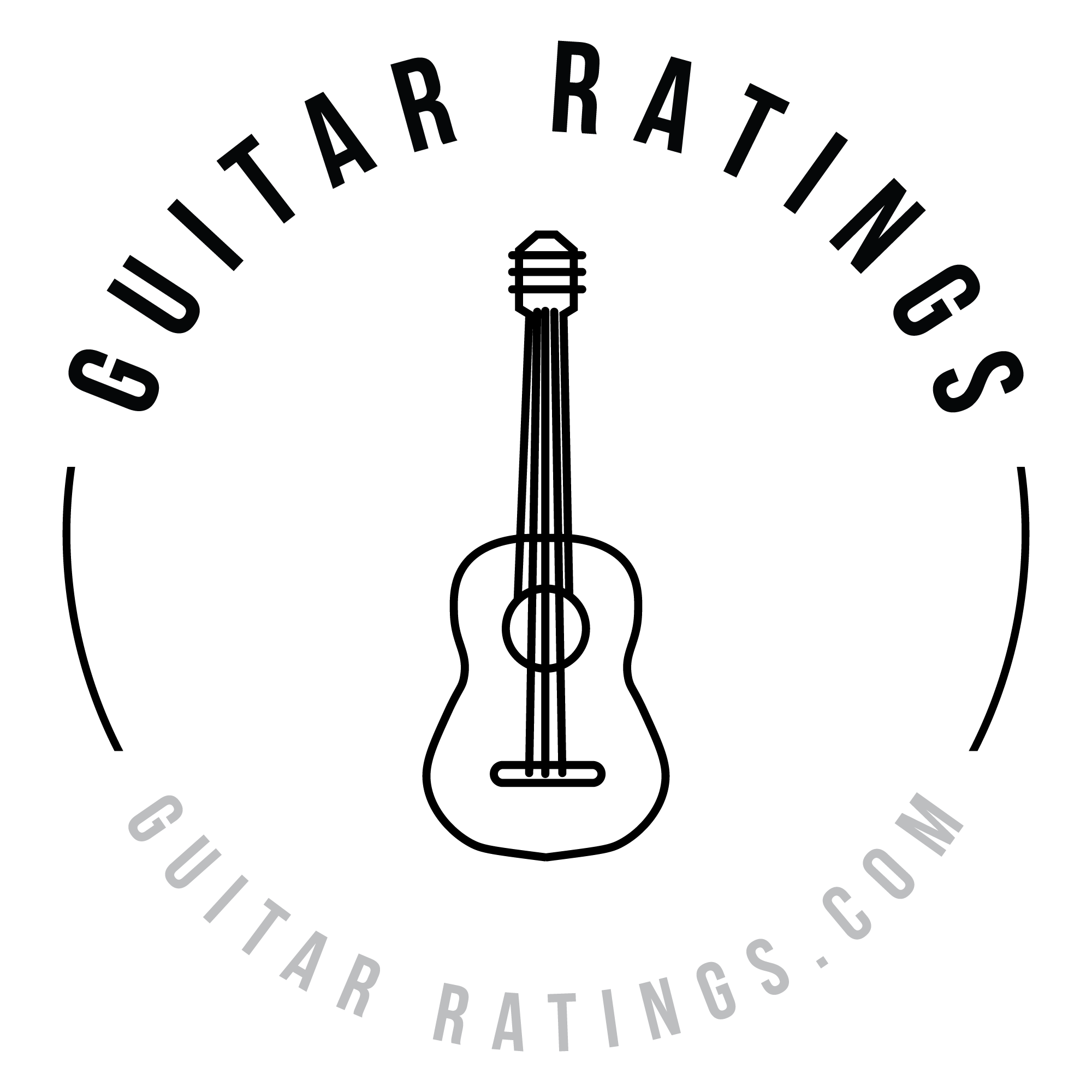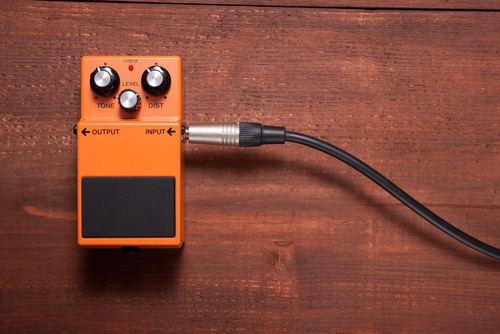Playing an electric guitar has to be one of the most immersive and intimate experiences out there. And how wouldn’t it be? The instrument provides some very expressive qualities and has basically become mandatory for rock and metal music, including all of their subgenres. We could also say with certainty that this instrument marked the second half of the 20th century.
However, to get a good tone, you need to have good equipment. But aside from good strings and a good amp, you’ll need to think of effects pedals as well. Now, while forming your setup is quite fun, it’s far from a simple task. You not only need to find good pedals, but you also need to find a way to make them all work together in such a way that will suit your style. After all, it’s all about expression and having your own unique “voice” on the instrument.
But at the same time, there are some pedals that you just can’t go wrong with if you’re a rock musician. In fact, these pedals should be in every rock guitarist’s arsenal if they’re looking to have a great tone. This is why we decided to do this list and bring you the top 5 essential pedals you need for rock music. Besides, they’re versatile enough to help you create your own tone. So let’s get into it.
Ibanez TS9 Tube Screamer
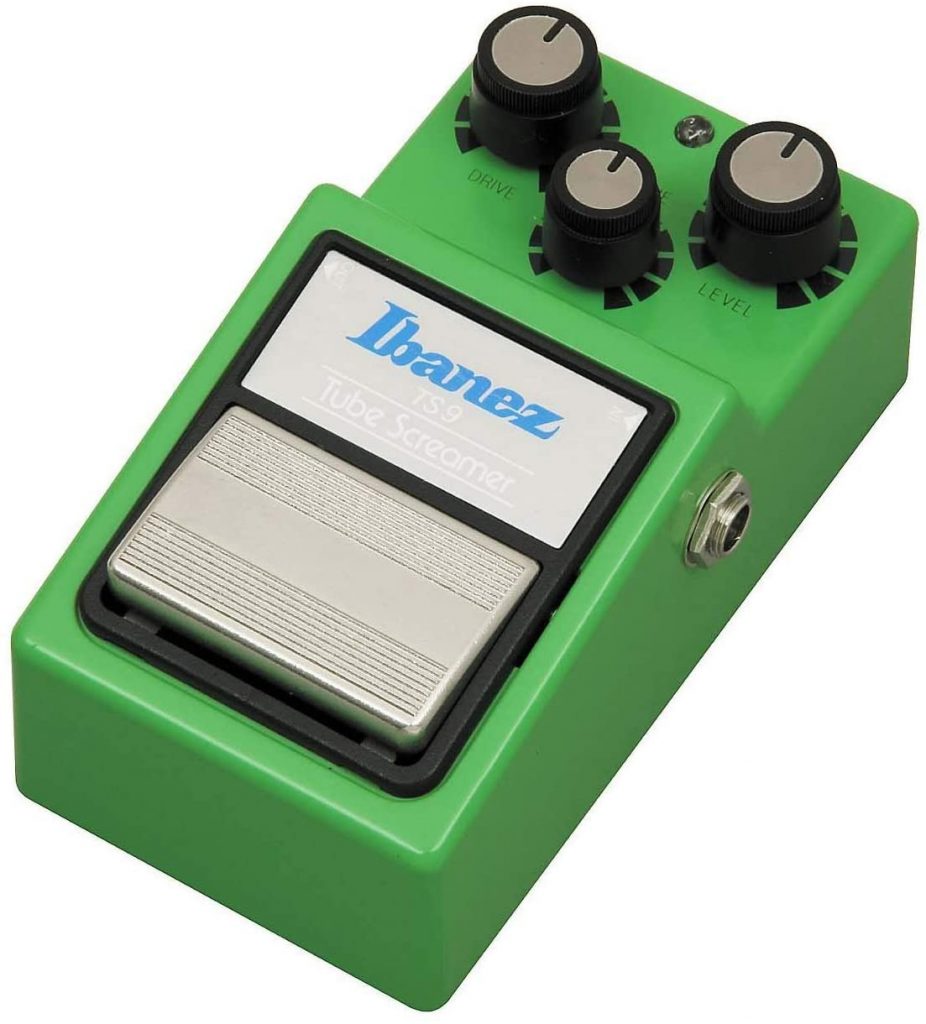
Although not as heavy as a rock fan might expect, Ibanez’s legendary Tube Screamer comes a long way since the early 1980s. There have been many versions, but the old TS9 remains almost unchanged compared to its original version from back in the day. This simple pedal provides some of the most organic-sounding overdrives you’ll ever find. Pair it with a tube amp and you’ll get it to crack naturally, giving those dynamically responsive distorted tones. And this is exactly the perfect setting you’ll want to have for rock music.
Of course, you can also use it as your main source of “dirt,” as it will provide those smooth bluesy tones which are useful for both rhythm and lead sections. Also, you can pair it up with another distortion pedal and use it as a booster that will additionally change your tone for certain sections of songs that you’re playing. It’s simple and very effective – exactly perfect for rock music.
Boss DS-1 Distortion
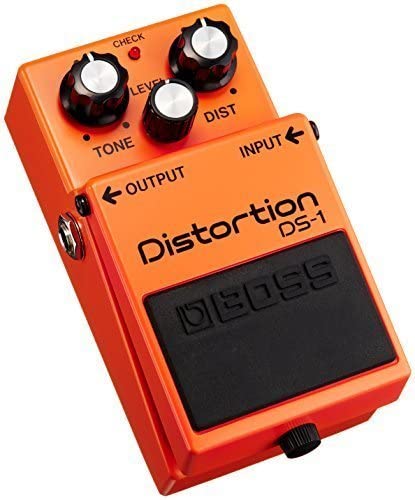
If we were given a choice to just use one pedal until the rest of our lives, we’d definitely go with the good old Boss DS-1 Distortion. This is yet another pedal that has been pretty much the same since its original release. Launched back in the late 1970s, there were only a few changes of components in its circuit, along with a few almost unnoticeable design changes. But still, it remains a very affordable go-to choice for guitarists of all levels. You’ll see both absolute beginners and full-blown professionals using this one.
And it’s no wonder since DS-1 is pretty much a blueprint of a perfect modern distortion pedal. It has just the basic essential controls for volume, tone, and distortion, and it can achieve anything from mild distortion up to heavy chugging soaring leads. All this in Boss’ classic compact casing. Even the biggest guitar heroes of many different genres used it on their studio albums and live settings, including Joe Satriani, Steve Vai, and Kurt Cobain.
MXR M169 Carbon Copy Analog Delay

Whatever subgenre of rock music that you’re playing, you can’t quite go out there with your tone sounding dry. Well, you can, but it won’t be as appealing compared to professional or semi-pro-level tones. To make your tone juicier or “wet,” you’ll need to get an atmospheric effect like a reverb or a delay. For this purpose, we’d recommend MXR’s magnificent M169, also dubbed as Carbon Copy Analog Delay.
There are two important things to note about this pedal. Firstly, it features very simple controls that will let you dial in a lot of different presets. We have three basic parameter control knobs for determining delay time, repeats (labeled as “Regeneration”), and another control that lets you mix processed and unprocessed signal ratio. There’s also a modulation button that adds a little bit of a chorus-like saturation to it, and there are also two internal trim pots that provide you with more options.
The second important thing is that this is a fully analog pedal. This means that the tone remains unchanged and that the repeats have smoother and warmer, slightly muffled, vibe to them. This is a perfect simple delay choice for any rock guitarist.
Dunlop GCB95 Cry Baby
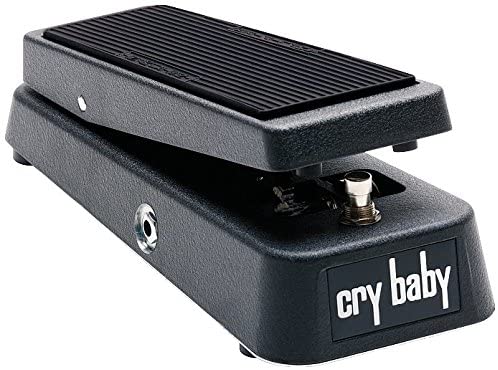
But what would rock music be without wah-wah pedals? More precisely, what would rock music be without the legendary Dunlop Cry Baby? This pedal takes us way back to the mid-1960s, bearing the same old simple wah concepts that were established then. Over the decades, we’ve seen many different Dunlop models that were a further development of the original Cry Baby, as well as many other brands trying to put a new twist to it. However, what was established way back in the 1960s remains as a go-to pedal for all skill levels and genres. If you want a classic wah tone for your lead sections, you’ll definitely want to have the classic Cry Baby.
Wampler Mini Ego Compressor
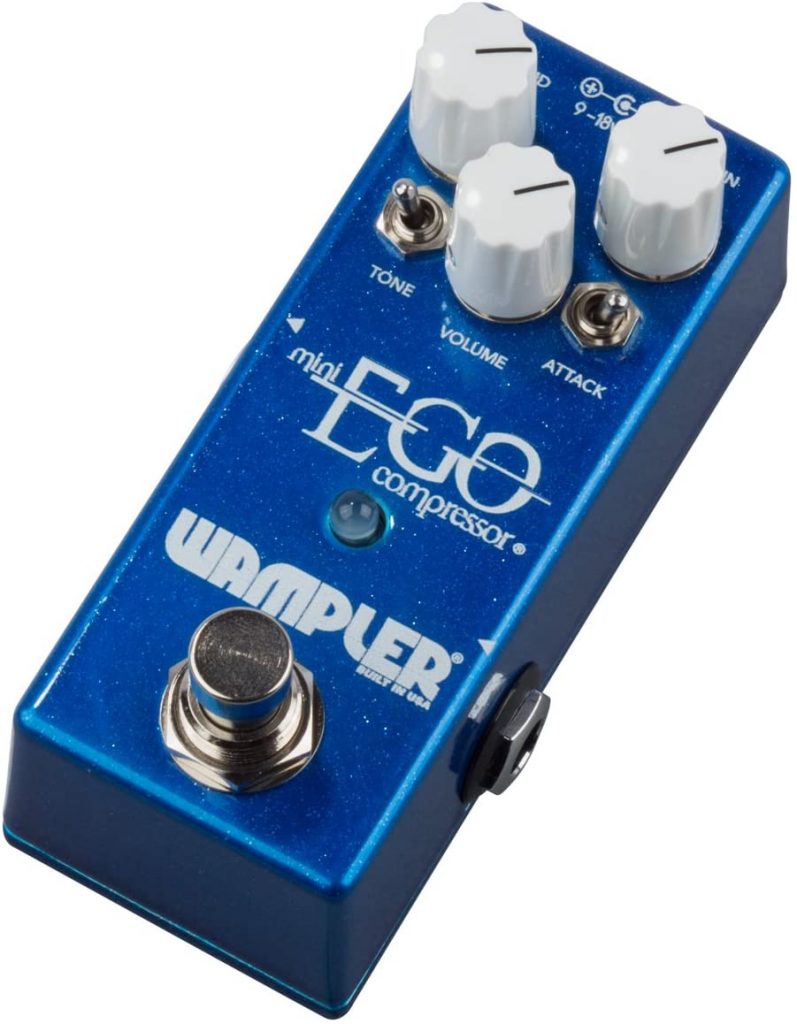
Although compressor pedals are often overlooked, you need to have one in your signal chain if you’re remotely serious about your music. From all the choices on the market today, Wampler’s Mini Ego stands out as both a simple and great-sounding one. This is a smaller version of their Ego pedal, bearing all the essential controls in a more compact package. There’s also a “blend” control for more versatility that lets you mix original and processed signals. There are also additional switches for tone and attack that allow you to make some super “thick” rhythm and lead tones.
